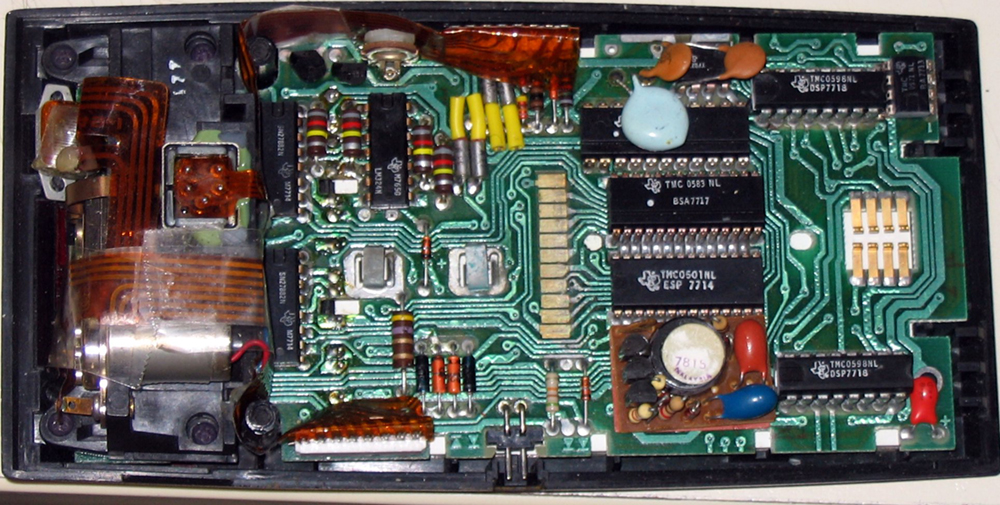| << Chapter < Page | Chapter >> Page > |
By the end of this section, you will be able to:
The information presented in this section supports the following AP® learning objectives and science practices:
Most of us have seen dramatizations in which medical personnel use a defibrillator to pass an electric current through a patient’s heart to get it to beat normally. (Review [link] .) Often realistic in detail, the person applying the shock directs another person to “make it 400 joules this time.” The energy delivered by the defibrillator is stored in a capacitor and can be adjusted to fit the situation. SI units of joules are often employed. Less dramatic is the use of capacitors in microelectronics, such as certain handheld calculators, to supply energy when batteries are charged. (See [link] .) Capacitors are also used to supply energy for flash lamps on cameras.

Energy stored in a capacitor is electrical potential energy, and it is thus related to the charge and voltage on the capacitor. We must be careful when applying the equation for electrical potential energy to a capacitor. Remember that is the potential energy of a charge going through a voltage . But the capacitor starts with zero voltage and gradually comes up to its full voltage as it is charged. The first charge placed on a capacitor experiences a change in voltage , since the capacitor has zero voltage when uncharged. The final charge placed on a capacitor experiences , since the capacitor now has its full voltage on it. The average voltage on the capacitor during the charging process is , and so the average voltage experienced by the full charge is . Thus the energy stored in a capacitor, , is
where is the charge on a capacitor with a voltage applied. (Note that the energy is not , but .) Charge and voltage are related to the capacitance of a capacitor by , and so the expression for can be algebraically manipulated into three equivalent expressions:

Notification Switch
Would you like to follow the 'College physics for ap® courses' conversation and receive update notifications?